
That is us both figuratively and (most likely) literally pictured above. This post goes live at about 12:30 p.m. EST on Sept. 5. In my mind, at the point, prolific poster Chris Crowell has only just lifted his head off the pillow to eat the day-old cheesy fry leftovers he carried to bed last night. It’s half past noon, so money man Pete McNeil is probably still struggling to free himself of the mental condition known only as “marshmallow fluff.” Reports are that webslinger Sean Wright has retreated permanently into the company lore that is hotel room 805, and I’m only uploading this post now because I have nothing else do at my weekly, obligatory Peniel Bible Camp of Ohio jamboree.
Since the core four are indisposed today, we thought our readers might enjoy revisiting some of the classic hits that made us who we were in the summer of 2016. This is perfect veg reading material, ideal for working off that weekend hangover. Or, you could just go back to bed (we did). If not, in no particular order:
The People Ingredient: Is it a craft brewery’s biggest threat?

Craft brewing is (still) booming. The Colorado economy alone sees $1.15 billion from the burgeoning brewery industry, and currently there are more than 300 brewing licenses in Colorado, according to the Boulder-based Brewers Association. The craft brew business certainly looks delicious … from afar. Yet growing pains persist. Sure, it has high-profile enemies in the form of big brewer buyouts, trademark disputes and the forecasted bubble burst, but perhaps the most crippling threat resides within the industry and individual breweries themselves: your crew and you. Internal friction, poor communication and disjointed operations can cost a brewery dearly and even lead to its demise. If this is uncomfortable for you to hear, good. That means you must keep reading.
Craft beer branding trends: Positioning through visual aesthetics
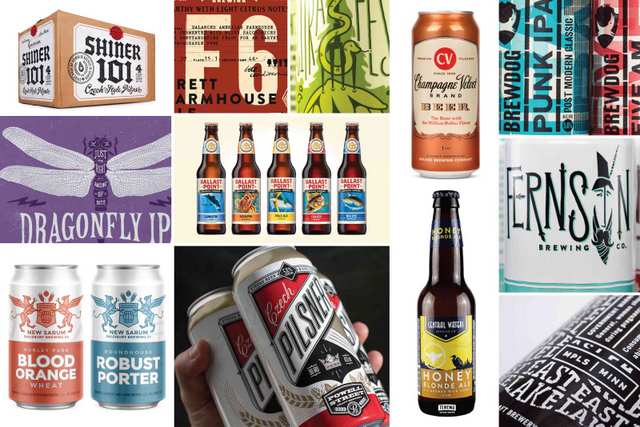
I always looked forward to grocery shopping as a kid. As soon as we’d get to the store, I’d break away from my mom and brother and head straight to the beer aisle to look at labels. Granted, I had no idea what beer was aside from something my uncles drank a lot in their garages; I still loved how it all looked (that Spuds MacKenzie POP display, though). I’d ogle everything until inevitably getting confronted by a clerk who assumed I was up to no good. Despite my reassurances of, “Nothing to see here, ma’am, just an eight-year-old checking out beer labels,” they wouldn’t budge and I’d run off like the little punk that I was. Fast forward to today: I still do the exact same thing. As a designer in the craft beer industry, I love beer branding.
Hopsteiner picks its top hops for craft brewing professionals
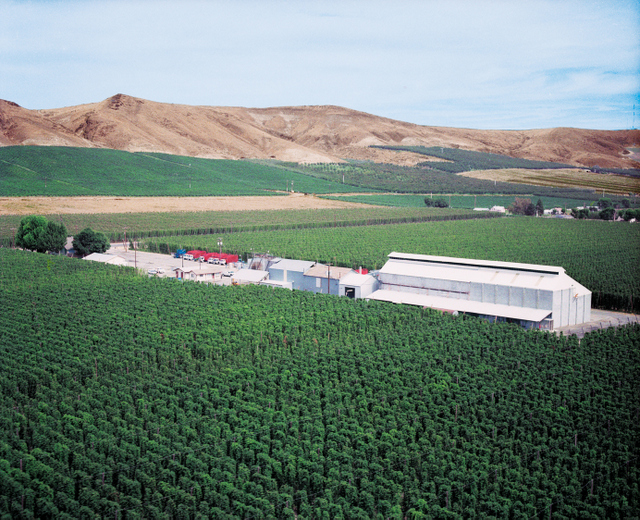
Today, craft beer sales make up more than 12 percent of the U.S. beer market and are expected to increase over the next five years. With craft brewers using generous amounts of hops of all kinds, there is an increased demand for cool, new hop varieties every year. And the flavor and aroma profiles are ever expanding, thanks to our hop breeding programs. Every year, Hopsteiner invites customers and brewers to our annual hop harvest. The hop harvest begins at the end of August and runs through September. During the hop harvest, customers get a look at the entire spectrum of the world of hops and can even personally select brewers’ cuts of each variety after thoroughly grading them by appearance and aroma. This year’s hop harvest is set to be the biggest in history. That being said, here are some of the cool, new hop varieties to keep your eye on at hop harvest this year.
CBB to local governments: Ease regulations on your craft brewers, you will make money

Here’s a small suggestion to local and regional governing and regulatory bodies out there: Ease up a little bit on your local craft brewers. This suggestion doesn’t come from a place of self-interest, like most lobbying. I know you have enough people using the skull knocker on your lair door to tell you why certain rules shouldn’t apply to what they do, less concerned about the actual utility of their proposal and more interested in a Larry Davidesque “me first — that’s the best policy.” But please, legislators and regulators, when it’s your local craft brewers waiting in front of the moat, asking for you to raise limits on capacity or to allow tasting rooms on-premise, to allow self-distribution or to just freaking sell their own beer to the people that come to their brewery, you should consider dropping that drawbridge and listening to what they have to say.
A revolution in brewer’s yeast is upon us

With the majority of beer’s flavor and style created by yeast, it’s no stretch to say that yeast is a large part of what puts the “craft” in craft brewing. What’s exciting for craft brewers is that the emerging revolution in brewer’s yeast means even more intriguing variations in craft beer styles and flavors, as well as improved quality control and consistency, are shortly on the way. With more breweries operating in the United States now than at any time in its history, and amid an ever-increasing consumer appetite for diversity in craft beers, the industry is about to get a helping hand from the oldest and perhaps most traditional of ingredients. A new golden age of yeast is upon us.
WARNING: Craft breweries selling to Big Beer should expect backlash and sense of betrayal from peers

The money. The distribution. The marketing prowess. The buying power. All of those tantalizing attributes that come with selling a craft brand to one of the world’s giant beer conglomerates also comes with a small downside — you gotta get the fuck out of the club. Over the last few months, associations, guilds and even festivals are beginning to ostracize craft brewing businesses that “sell out” to the likes of Anheuser-Busch InBev, MillerCoors, Constellation and beyond. Just last Thursday, MillerCoors snatched up the Texas-based Revolver Brewing, marking the third such deal in less than a month. MillerCoors is on a crazy shopping spree before the AB InBev merger goes final. Just as lightening quick, the Texas Craft Brewers Guild released a new set of requirements for membership, giving Revolver its I-know-it-was-you Judas kiss.
Lowdown on new crowdfunding laws and other slick ways to raise brewery startup capital

Beer nerds are often not business nerds, so the financial challenges and solutions to running a startup company can be a lot like learning Chinese (Wenzhou dialect). Luckily, there are professionals lining up to help future brewing operations navigate the busy waterways, changing philosophies, new laws and common practices of the brewing business world. Let’s start at the beginning — raising money to start your brewery. We took the opportunity to sit down with one of those smart business professionals mentioned above, by the name of Ryan Schildkraut, lawyer with Winthrop & Weinstine, based in the Twin Cities. Schildkraut recently spoke on the changing crowdfunding laws in America and other ways to raise startup capital at the Craft Brewers Conference (CBC) in Philadelphia.
How to brand your craft brew to women and welcome more ladies to the party
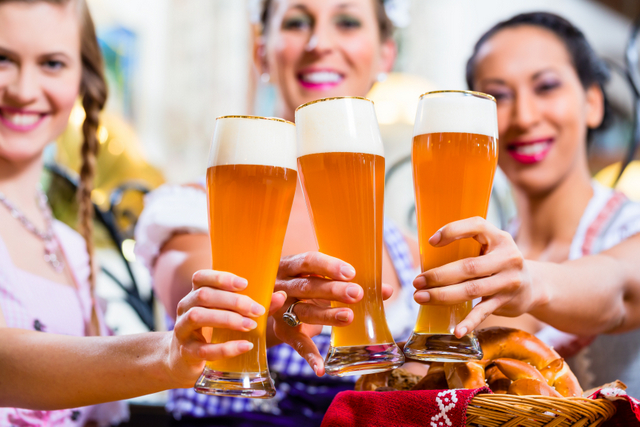
There’s no doubt that millennial men make up the majority of craft beer enthusiasts but brewers are missing out if they don’t invite women into their business. In a craft market that grew 16 percent last year and is becoming increasingly competitive, female consumers can make a difference. According to the Brewers Association, there are more than 4,000 breweries operating in the United States. What has until now been a very friendly industry will get more aggressive when it comes to shelf space and the fight for the local consumer. Breweries, like most other businesses, cannot ignore the buying power and influence of women. They not only lead all consumer buying, they are influencing entertainment decisions, are avid reviewers and review readers and make up the majority of TripAdvisor and Facebook users — viable platforms for small businesses like craft breweries.
What is trade dress? And why is it an important trademark opportunity for brewers?
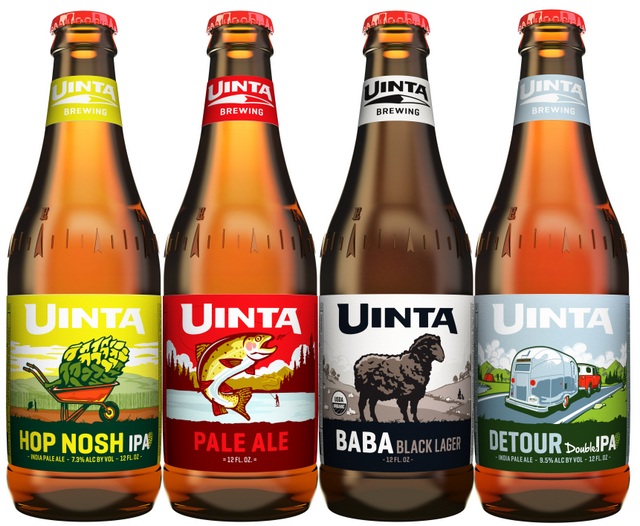
You’re working hard to develop a strong brand and market for your craft beer — and developing and registering trademarks for your brewery and beer names is a great way to protect that brand. But you may not realize that there are additional opportunities for your brand to benefit from trademark protection. Everything from your bottle shapes to your packaging and tap handles have the potential for garnering trademark protection. Let’s take a closer look at what’s eligible to be covered and why developing protectable brand elements beyond your name and logo makes sense. If you aren’t familiar with the term “trade dress,” you aren’t alone — it’s not one that’s commonly heard outside the legal industry. The International Trademark Association defines “trade dress” as…
Can pressure-sensitive beer labels tell your story better?
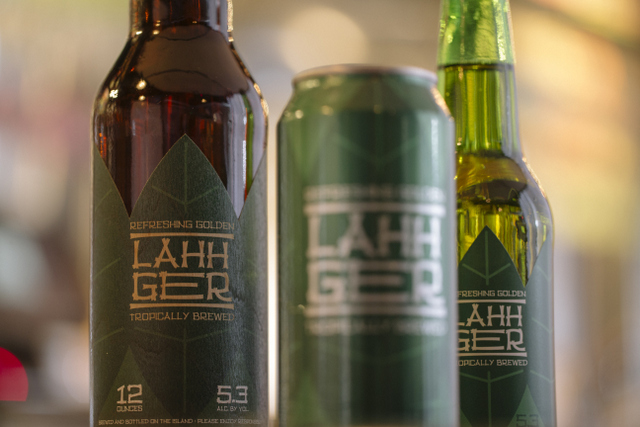
It’s been said that outward appearances are not a reliable indication of true character. We disagree! We believe you can rightfully judge a book by its cover, by its plot, where it sits on the shelf and what it’s sitting next to on that shelf. That cover won’t tell you everything of course, but it should be enough to get Joey Buysmoore to pull out his wallet and take it home for further inspection. A similar logic could be applied to things people actually still buy, like craft beer. Successful craft brewers have realized that when it comes to selling beer in a marketplace with one zillion competitors, what’s on the bottle is just as important as what’s in the bottle. So how can your brand rise above all that noise? Consider pressure-sensitive beer labels as a possible differentiator in a predominantly glue-applied label market. They could help convey your brand essence.





Takehiko Nakahara liked this on Facebook.
Michelle Vogus liked this on Facebook.